by Erin Drumm
Share
Achieving and maintaining NADCAP accreditation demands a sophisticated laboratory information management system (LIMS) that addresses the complex requirements of aerospace and defense testing environments. Wavefront LIMS offers comprehensive features specifically designed to support NADCAP compliance and laboratory efficiency.
Key LIMS Features for NADCAP Compliance
Instrument and Calibration Management
In the precision-driven world of aerospace and defense testing, instrument reliability is paramount. NADCAP auditors scrutinize every aspect of measurement equipment, making comprehensive instrument tracking critical. Wavefront LIMS provides a robust solution that goes beyond simple record-keeping, ensuring your laboratory meets the most stringent calibration and traceability requirements.
- Centralized instrument information storage
- Tracking of calibration status, frequency, and expiration dates
- Direct linkage of instrument details to specific tests
- Easy access to calibration records for auditors
Comprehensive Audit Tracking
Documentation is the backbone of NADCAP compliance. Every change, modification, and action must be meticulously recorded and easily retrievable. Wavefront LIMS transforms audit tracking from a compliance burden to a strategic advantage, providing unprecedented visibility into your laboratory’s data lifecycle and ensuring transparent, accountable operations.
- Sophisticated traceability of all system data
- Detailed change logs capturing what, when, and who modified information
- Multiple audit data access methods, including reports and SQL tables
- Field history tracking for granular oversight
Role-Based Security
NADCAP demands strict control over who can access, view, and modify critical laboratory data. Wavefront LIMS’s role-based security model provides granular access management, ensuring that each user has precisely the permissions required for their responsibilities. This approach not only enhances security but also supports the principle of least privilege fundamental to quality management systems.
- Customizable user roles
- Granular permissions for accessing, viewing, and editing modules
- Prevention of unauthorized test result modifications
- Compliance with NADCAP security requirements
Retest and Resample Management
Quality control in aerospace and defense laboratories requires more than just initial testing—it demands a systematic approach to retesting and resampling. Wavefront LIMS provides a comprehensive framework that ensures consistent, traceable, and controlled management of test variations, reducing the risk of compliance gaps and supporting continuous quality improvement.
- Systematic tracking of retests and resamples
- Traceability from original to resampled tests
- Automated controls for resample requests
- Consistent enforcement of testing protocols
Advanced Reporting Capabilities
Reporting is more than a documentation exercise in NADCAP-accredited laboratories—it’s a critical communication tool that demonstrates your commitment to quality. Wavefront LIMS transforms reporting from a manual, error-prone process to a streamlined, automated workflow that ensures accuracy, consistency, and immediate auditability.
- Automatic report generation
- Configurable report content for NADCAP traceability
- Electronic signature and authentication
- Report revision tracking and management
Specification Management
Maintaining precise quality standards is the cornerstone of NADCAP compliance. Wavefront LIMS’s specification management goes beyond simple limit tracking, providing a dynamic, intelligent system that proactively ensures your laboratory consistently meets specified quality criteria.
- Comprehensive specification limit management
- Automatic result comparison against defined criteria
- Visual indicators for out-of-specification results
- Support for customer, internal, and quality control standards
Conclusion
Wavefront LIMS provides a comprehensive solution for laboratories seeking NADCAP accreditation. By addressing critical compliance requirements through advanced features, our LIMS ensures your laboratory maintains the highest standards of quality and traceability.
Schedule a Demo today to learn how Wavefront LIMS can support your NADCAP compliance journey.
STAY IN THE LOOP
Subscribe to our Free Content
Learning about LIMS is a monthly article series where Wavefront shares questions that have come up throughout our interactions with a range of individuals and customers. We do our best to provide information about each topic to help people learn more about LIMS.
Sign up here to be added to our mailing list and receive these articles directly in your inbox.
In today's rapidly evolving laboratory environment, effective data management has become increasingly crucial for maintaining operational excellence and competitive advantage. Modern laboratories generate an unprecedented variety of data types, each requiring specific handling protocols and storage considerations. A robust Laboratory Information Management System (LIMS) serves as the cornerstone of efficient laboratory operations, providing comprehensive solutions for data complexity, regulatory compliance, and long-term data integrity while ensuring seamless workflow integration.
Laboratory staffing shortages have become a critical challenge across industries. Learn how LIMS features and automation helps laboratories maintain high standards and increase efficiency, even with reduced personnel. Wavefront LIMS provides comprehensive solutions for workflow automation, knowledge transfer, and staff development - enabling your laboratory to thrive despite staffing constraints.
In an era of increasing complexity and rising performance expectations, laboratories must do more with less. Discover how a Laboratory Information Management System (LIMS) can transform operational challenges into competitive advantages, turning your lab from a cost center into a strategic asset.
In an increasingly competitive and regulated laboratory environment, implementing a robust Sample Management Software solution is essential for driving operational excellence. A comprehensive Laboratory Information Management System (LIMS) streamlines sample tracking, enhances data integrity, facilitates compliance adherence, and unlocks powerful analytics for continuous improvement. Discover how to harness the transformative potential of LIMS to position your laboratory for long-term success.





